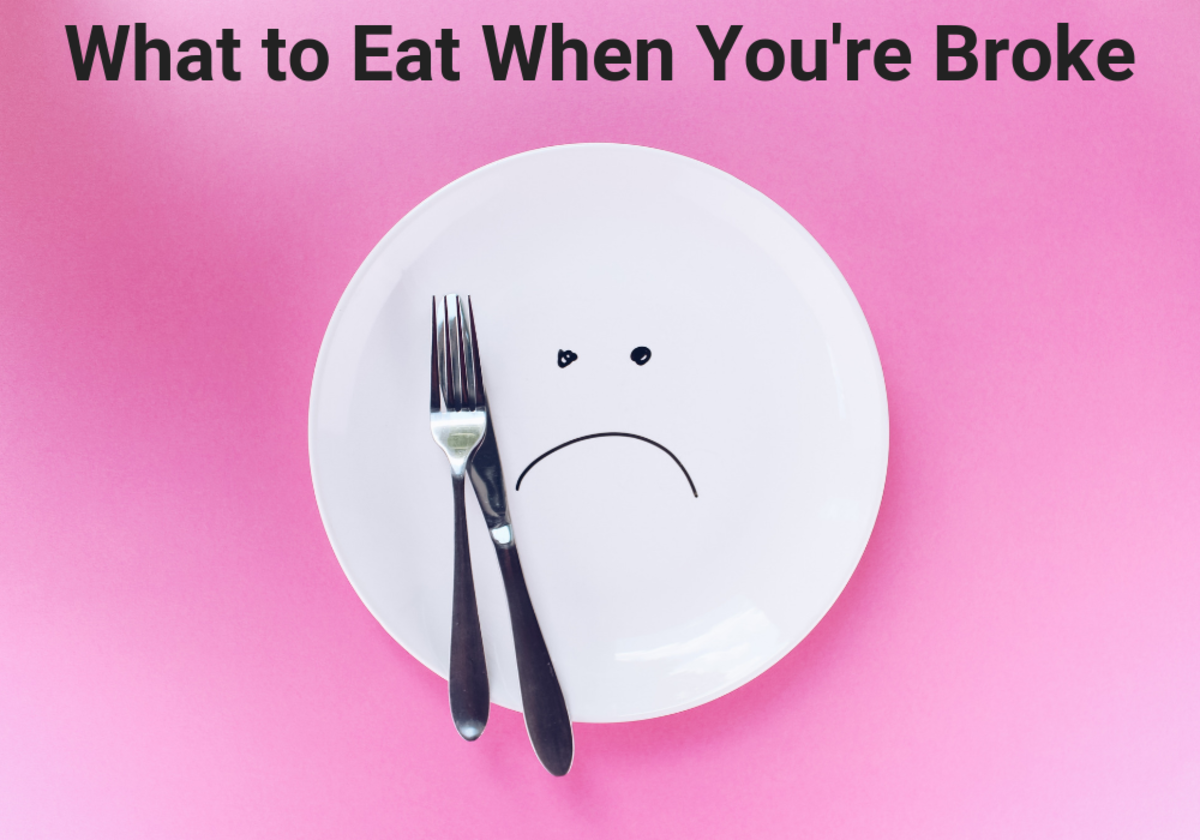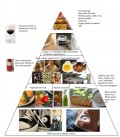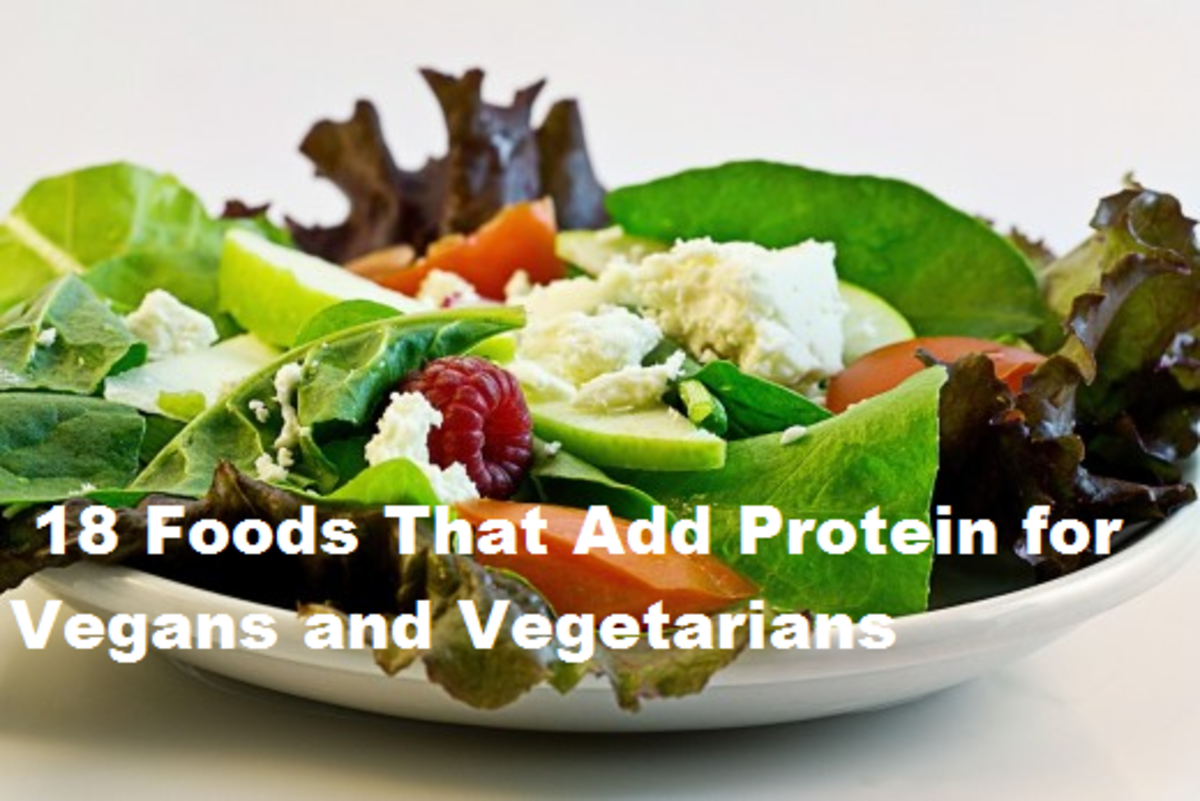Balancing the Scales: Taking Individual Strides in Making Affordable (Green)Foods More Profitable
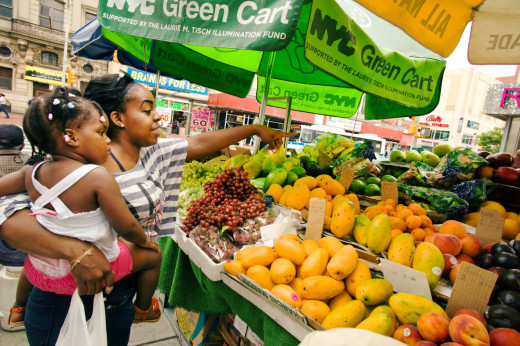
THERE'S HOPE
Many health-conscious Americans are seeking more affordable ways to “eat greener” and live greener by taking strides to make healthier food choices that aid in maintaining better personal health, as well as the health of the planet. Hence, in a supply and demand economy, healthier food consumption can lead to pricier grocery bills, in many cases—unless, of course, if you have your own garden. Currently, policy makers looking to curb the skyrocketing cost of healthcare, also, seek to find sustainable food sources to benefit those who exist within virtual “food deserts,” or those who simply don’t have financial or geographical access to healthier food options. With all the “hubbub” about the search for better grub, there are many dietary ideas available to help anyone on a fixed or low budget, to eat just a little healthier every day.
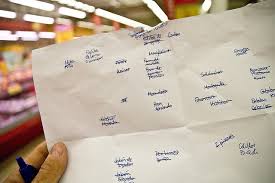
TIPS TO EAT GREEN AND SAVE SOME GREEN
There are many suggestions from sources that claim that the way we shop makes all the difference in how we choose buy foodstuffs at the grocery store. One suggestion is that one should never go to the grocery store on an empty stomach, nor go shopping without a well, thought-out grocery list. By not adhering to these suggestions, one could easily be lead down the path to “impulse spending.” Taking this into consideration, it would probably be best to leave the kiddies at home, too. The desire to keep them quiet and happy can also lead to making unplanned purchases.
Another suggestion is to shop the “outer perimeter” of the store, first. This allows the shopper to make the most important nutritional options first. Along the perimeter, most stores have their fresh produce, dairy and fresh, lean meats.
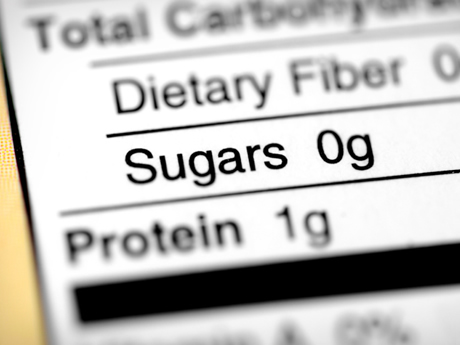
Lastly, when in the canned and frozen sections, read labels and pay attention to hidden sugars like cane syrup, brown rice syrup and cane juice. Other forms of hidden sugars, often ending in the suffix –ose, like fructose, dextrose and maltose. These hidden sugars can lead to excessive food cravings and addictions, not to mention chronic health problems like obesity and diabetes. Use fresh fruits, sweet potatoes and peppers as natural alternatives. In time, you’ll find that as you pay closer attention to labels, you’ll find yourself gravitating less and less toward the instant, canned and prepackaged foods areas.

In earlier times, many of us knew a mother or a grandmother who prepared large meals for the family. Depending on how many were served, there may have been tons of leftovers—or not. The reason this phenomenon exists is because many of our fore parents grew up during the Depression Era and learned to cook in bulk to make the weeks groceries last as long as possible—at least until the next windfall. Therefore, when looking to make your grocery dollar stretch, take a page from granny’s notes and think of cooking in bulk.
Plan and prepare weekly meals in advance and cook in large quantities. Create stews and soups to freeze for later consumption. When it’s time to eat, just heat up and add a green salad. Also, prepare large amounts of proteins for quick, energy snacks like hard-boiled eggs; cold, baked chicken or slices of hard cheddar or Swiss cheese.
Instead of spending money on a $1 bag of chips or soda, save these dollars purchase healthier foods like carrot sticks or bananas. In the long run, the investment is far more economical and you begin to eat better and feel healthier.

Lastly, try to avoid eating out and consuming fast foods as often as possible. This practice can lead to purchasing healthier foods for planned preparation in the home. Take the time to prepare a meal at home to your own specifications and then sit down and enjoy, (literally) the fruits of your labor!
When making the switch to greener eating, think of all the money you’ve spent on unhealthy foods and take notice of the “financial surplus” such “green” prudence has provided you. To those who like to purchase and consume “organically-grown” foods, you already know that “high quality” can be a bit expensive. However, think of the trade-off you get when you begin to feel better about your health and your contribution towards a “greener” planet. To those who can afford to make the “organic sacrifice” much is to be gained in the knowing…and that’s priceless. As for the rest of us, finding out how to eat greener for cheap is the way to go.
Here are some foods that are affordable and nutritious. Surprisingly, they end up going a long way.
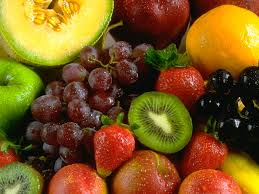
FRUITS
They make quick snacks, anytime and are loaded with vitamin C, potassium and antioxidants. Examples:
- Grapes
- Apples
- Bananas
- Grapefruit
- Oranges
- Melons (watermelon, cantaloupe)
- Kiwi
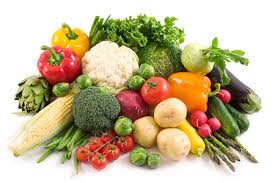
VEGETABLES
They're loaded with iron, beta carotene and antioxidants. They’re great fresh or frozen. Examples:
- Garlic
- Canned pumpkin
- Canned tomatoes
- Winter squash (butternut, acorn)
- Kale
- Spinach
- Broccoli
- Carrots
- Onions
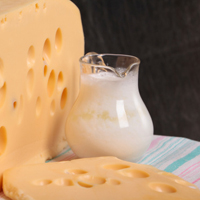
DAIRY
Dairy often serves as proteins, as well as bone-building, calcium-rich agents. They make great quick snacks, too. Examples:
- Low fat milk
- Yogurt (Greek, plain, low fat)
- Cottage cheese
- Block cheese (not Specialty) like cheddar, Swiss and Colby
PROTEINS AND MEATS
Often, when lean meats get to be a little pricey, there are other forms of proteins that are cheaper and have a longer shelf life.
- Beans
- Eggs
- Tofu
- Canned salmon and tuna
- Whey protein
- Pumpkin seeds
- Almonds, peanuts, peanut butter
- Edamame
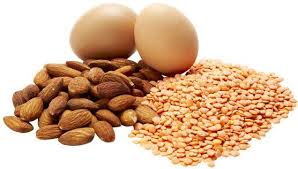
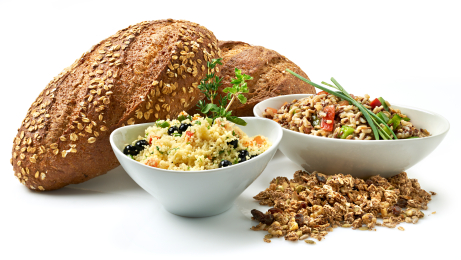
WHOLE GRAINS
These products contain high levels of fiber and are iron-rich. They also go a long way and come in handy when you’re in a pinch.
- Whole grain breads
- Brown and black rice
- Whole grain pastas
- Whole grain cereals (oatmeal, grits)
- Plain popcorn (season to taste)
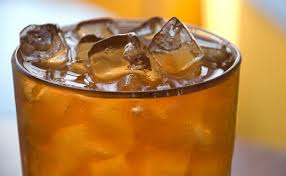
DRINKS
So many people rarely take into consideration what they drink is just as important as what they eat and can be equally expensive. Alcoholic beverages and sodas can be pretty hard on the wallet and are not the best drinks to consume, regularly. Substituting soda with tonic or seltzer water is a viable alternative. Ultimately, the very best alternative would be clear, room temperature water. But, some people need their water to do something, so make a cup of tea or coffee. You can have it sweetened or unsweetened—hot or iced.
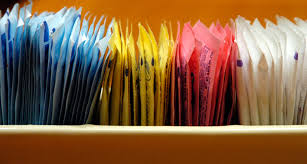
SWEETNERS
Just a note about sweeteners, many people often gravitate to artificial sweeteners to curb sugar intake. If you are looking to save a couple of dollars, there are store-brand -sweetener “knock-offs” that most market chains carry. They are cheaper than the actual name-brand product and just as good. If your health is of major issue, natural sweeteners like Agave nectar are a good alternative. Agave is a plant. It is not sugar; however, it comes in syrup form and tastes great. It’s good on anything from toast to your morning coffee. Agave is an organic product, so it may cost a bit more. Again, the investment is worth it when you’re considering your health over pennies.
MAKE A DIFFERENCE
It is no secret that poor nutrition leads to poor health, poor quality of life and lowered life expectancy. Most low-income and impoverished families suffer with what many researchers call “(food deserts),” or “food (insecurity)” where there is little to no access to nutritious and affordable foods. Policy-makers are at the cusp of developing innovative sustainable food sources for needy communities (both urban and rural) as alternative solutions to the food desert phenomenon.
As we learn to talk-the-talk and walk-the-walk of saving our planet, let’s take into consideration what each of us can do individually to make good, healthy eating a profitable endeavor on more than a personal level. Let’s put the power of “green” back in green!
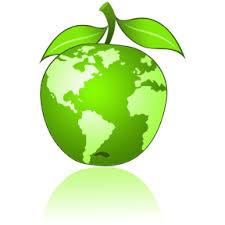
Sources and Links
- http://thefoodtrust.org/uploads/media_items/grocerygap.original.pdf
- http://greatist.com/health/44-healthy-foods-under-1
- http://www.allyou.com/diet-fitness/healthy-natural-food
- sustainablefoodsystems.com
- http://www.helpguide.org/articles/healthy-eating/eating-well-on-the-cheap.htm
© 2015 Dana Ayres



